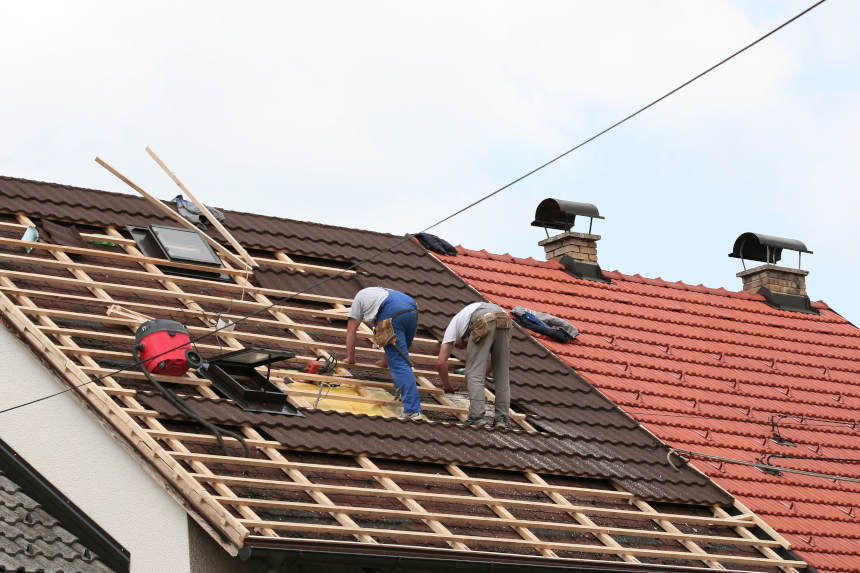Maintaining a sound and sturdy roof is crucial for protecting your home from the elements. Over time, roofs may develop leaks, loose shingles, or other issues that require repair. While it’s always recommended to seek professional assistance for major roof repairs, there are certain smaller repairs that you can tackle on your own. Here are seven roof repair tips to help you keep your roof in excellent condition.
- Regular Inspections: Performing regular roof inspections is essential for identifying potential issues before they become major problems. Inspect your roof at least twice a year, preferably in the spring and fall. Look for signs of damage such as cracked or missing shingles, damaged
- Clear Debris: Leaves, branches, and other debris can accumulate on your roof over time, causing moisture buildup and potential damage. Regularly clear your roof of debris to prevent water from pooling and seeping into the structure. Use a sturdy ladder and exercise caution when working on your roof.
- Replace Damaged Shingles: Damaged or missing shingles can leave your roof vulnerable to leaks and water damage. If you notice any cracked, curled, or missing shingles, it’s important to replace them promptly. Remove the damaged shingle by lifting the edges and prying out the nails. Slide a new shingle into place and secure it with roofing nails. Ensure the new shingle is properly aligned with the surrounding ones for a seamless appearance.
- Fix Leaks: Roof leaks are a common problem that can lead to significant damage if not addressed promptly. To locate a leak, inspect your attic during daylight hours and look for signs of water stains or dampness. Once you’ve identified the area, you can temporarily patch the leak using roofing cement or a waterproof sealant. However, it’s recommended to consult a professional roofer to properly fix the leak and prevent it from recurring.
- Repair Flashing: Flashing is the material used to seal joints and prevent water from seeping into vulnerable areas such as chimneys, vents, or skylights. Over time, flashing can become loose or damaged, leading to leaks. Inspect the flashing for any signs of wear or corrosion and replace it if necessary. Use a pry bar to carefully remove the old flashing and install new flashing using roofing nails and a waterproof sealant.
- Trim Overhanging Branches: Overhanging branches can pose a risk to your roof during storms or high winds. Trim back any branches that are touching or too close to your roof. Falling branches can damage shingles or even puncture the roof, leading to expensive repairs. Regularly pruning trees near your home can help prevent such incidents.
- Maintain Gutters and Downspouts: Clogged gutters and downspouts can cause water to overflow onto your roof, leading to moisture damage. Regularly clean your gutters to remove leaves, debris, and other obstructions. Additionally, ensure that downspouts are securely attached and direct water away from the foundation of your home. This will help prevent water from backing up onto the roof.
While these tips can help you tackle minor roof repairs, it’s important to remember that major repairs or roof replacements should be handled by professional roofers. They have the expertise and tools to properly assess and fix complex issues, ensuring the long-term stability of your roof.
By taking a proactive approach to roof maintenance and promptly addressing any issues, you can extend the lifespan of your roof and protect your home from potential damage caused by leaks and structural problems. Remember, regular inspections, timely repairs, and professional assistance when needed are key to keeping your roof in optimal condition for years to come.












